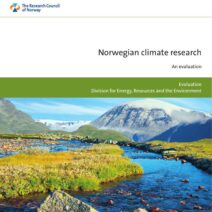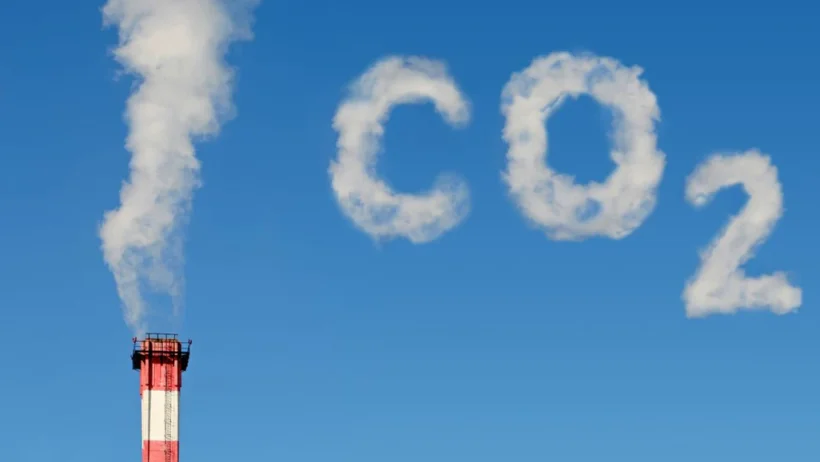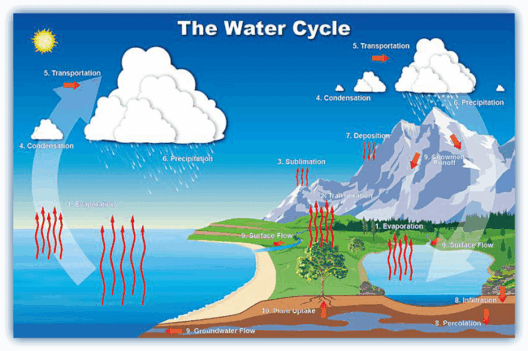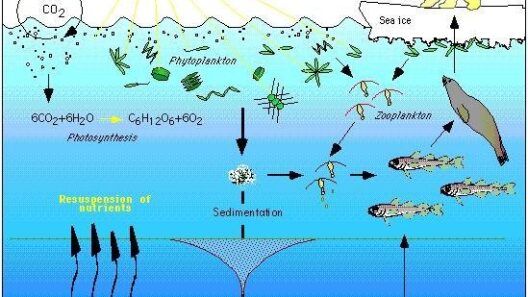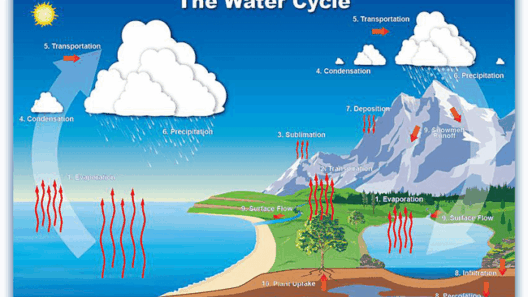In our daily lives, we often hear about the phenomenon known as the greenhouse effect. It is a subject that ignites curiosity and concern in equal measure, given its profound impact on our planet. To comprehend this intricate process, one must delve into the interplay between solar radiation, atmospheric composition, and thermal dynamics. The greenhouse effect is a natural and vital mechanism, yet it is increasingly clouded by anthropogenic influences. This exposition aims to demystify the role of carbon dioxide in heating the Earth while elucidating the underlying principles that govern this complex relationship.
The sun, a colossal nuclear furnace located approximately 93 million miles away from Earth, is the ultimate source of energy driving our planet’s climate system. Solar radiation travels through the vacuum of space, eventually reaching the Earth’s surface, where it is absorbed, warming the land and oceans. Approximately 30% of this solar energy is reflected back to space by clouds, ice, and land surfaces, while the remaining 70% is absorbed, imparting heat to the Earth.
Once the Earth absorbs this solar energy, it re-emits it in the form of infrared radiation, or heat. However, not all this heat escapes back into space. Herein lies the crux of the greenhouse effect. Certain gases in the atmosphere, known as greenhouse gases (GHGs), trap some of this infrared radiation, effectively insulating the planet. Carbon dioxide (CO2), methane (CH4), and nitrous oxide (N2O) are prime examples of these heat-retaining gases. Among them, carbon dioxide plays a particularly insidious role due to both its prevalence and longevity in the atmosphere.
The greenhouse effect operates through a series of radiative processes. When the sun’s rays hit the Earth, various surface materials absorb sunlight differently; for instance, soil, water, and vegetation all have unique albedo characteristics influencing how much light gets absorbed. This absorbed energy triggers thermal radiation, which is emitted back toward space. However, carbon dioxide and other greenhouse gases absorb and re-radiate some of this energy, distributing it throughout the atmosphere and maintaining the Earth’s temperature. This natural cycle is vital for sustaining life as we know it.
However, the fascination with carbon dioxide stems not merely from its biochemical attributes but from its dynamic relationship with human activity. Since the dawn of the Industrial Revolution, the unprecedented burning of fossil fuels—coal, oil, and natural gas—has led to an exponential increase in atmospheric CO2 concentrations. The consequences of this spike are becoming increasingly evident. According to the latest scientific assessments, current CO2 levels are surpassing 400 parts per million (ppm), a stark deviation from pre-industrial levels of approximately 280 ppm.
The ramifications of elevated carbon dioxide concentrations extend far beyond the simplistic notion of “more heat.” They encompass a cascade of environmental changes that can be bewildering in their scope and complexity. Increased concentrations of CO2 amplify the greenhouse effect, leading to average global temperatures rising at an alarming rate. A rise of just a few degrees may not seem significant; however, it triggers profound alterations in weather patterns, ocean temperatures, and biosphere dynamics. Anomalies such as prolonged droughts, intensified hurricanes, and unprecedented heatwaves illustrate the far-reaching impacts of our changing climate.
Moreover, carbon dioxide is not the only greenhouse gas that poses a challenge; its interactions with other gases complicate the narrative further. For example, warmer temperatures can incite the release of methane from permafrost and other natural reserves, creating a feedback loop that exacerbates the situation. This intricate web of interactions raises critical questions about resilience and adaptation. As ecosystems undergo stress, the very fabric of biodiversity is threatened, potentially leading to irreversible loss.
One might ponder the potential for mitigating the consequences of carbon dioxide emissions. There are sustainable pathways available that can alter our trajectory. Renewable energy technologies, such as wind, solar, and geothermal, present feasible alternatives that can reduce our reliance on fossil fuels. Furthermore, enhancing energy efficiency in industries, homes, and transportation can significantly curtail carbon footprints. Reforestation and afforestation efforts also prove pivotal; forests act as vital carbon sinks, absorbing atmospheric CO2 and tempering the greenhouse effect.
The transition to a low-carbon economy is not merely an option—it is imperative for future generations. By adopting sustainable practices, increasing public awareness, and advocating for policy changes, we lay the groundwork for a healthier planet. The conversation surrounding carbon dioxide and its role in the greenhouse effect must encompass realistic solutions, innovative thinking, and collective human action.
In conclusion, carbon dioxide is a versatile molecule, serving multifaceted roles in the ecosystem yet emerging as a formidable agent contributing to climate change. The greenhouse effect, its natural manifestation, is being exacerbated by human activities, altering our climate with profound consequences. A nuanced understanding of this phenomenon illuminates the urgent need for action. It is not merely a scientific inquiry but a clarion call to all of humanity, urging us to reconcile our relationship with the planet we inhabit. Only together can we forge a sustainable future, one where balance between humanity and nature is restored.

